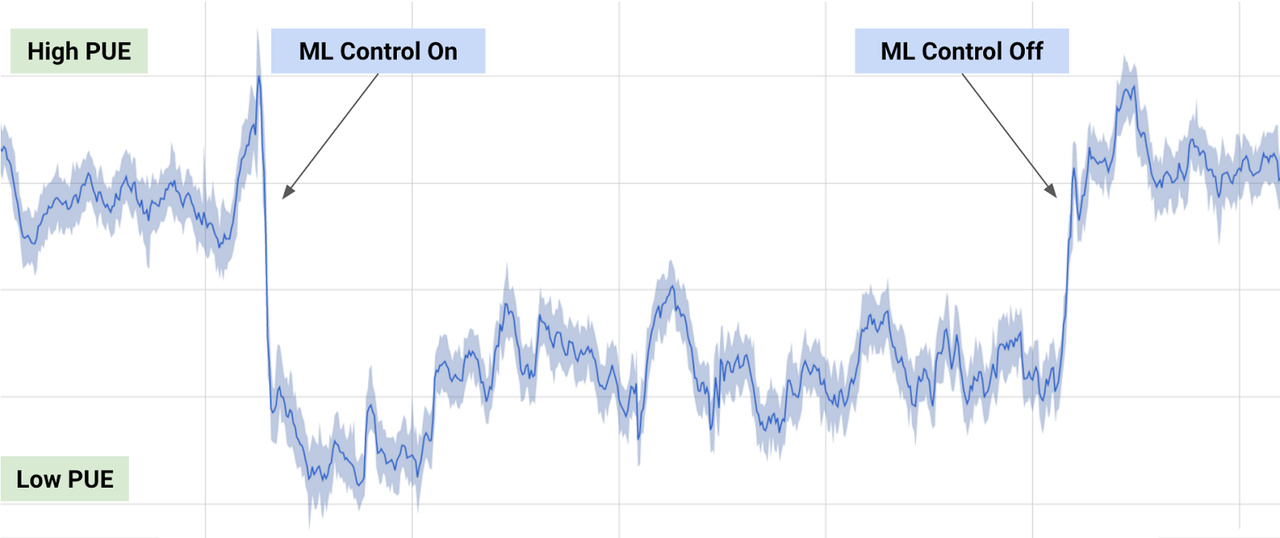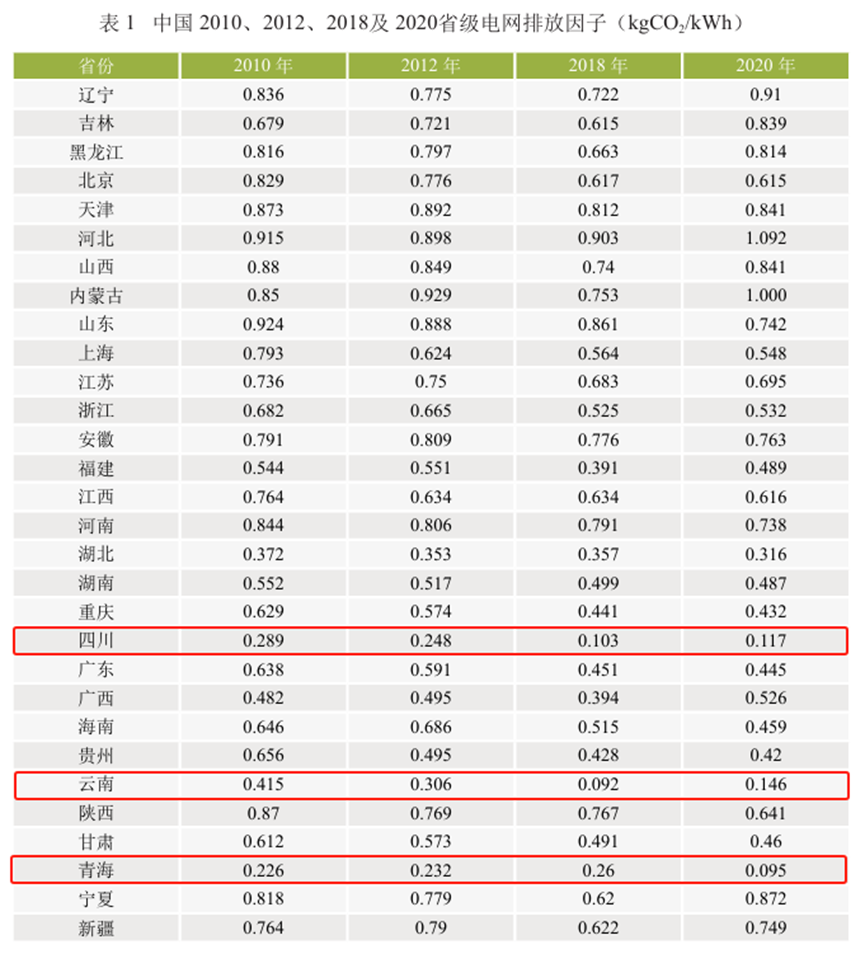Artificial Intelligence (AI) is gradually entering people's daily lives and changing our work methods and living habits. From the morning greeting "Xiaoai Classmate, open the curtains," to intelligent navigation on the way to work with Gaode Map; from Douyin's precisely recommended short videos to Alipay's convenient facial recognition payment for checkout, AI provides convenience at all times. Furthermore, AI assists in areas such as smart homes, autonomous driving, intelligent transportation, and customer service, bringing convenience and efficiency to people's lives. These examples clearly demonstrate that AI has transformed from a technical concept into an accessible reality.
Did you know? In addition to significantly improving current life, AI also harbors a significant socio-environmental issue: massive carbon emissions. The training and operation of AI models require substantial computational resources, most of which are powered by traditional fossil fuels. This means that each run of an AI algorithm may be accompanied by high carbon emissions. As AI technology becomes more widespread, its energy consumption and carbon footprint are rapidly increasing. How to enjoy the convenience of AI while reducing its environmental cost has become an important issue we cannot ignore.
According to statistics, using traditional search engines (such as Baidu or Google) for one search generates 0.2 grams of carbon emissions. In contrast, each search using ChatGPT produces 4.32 grams of carbon emissions, over 20 times that of traditional search engines!
Products from OpenAI, including text generation tool ChatGPT, image generation tool DALL·E, and video generation tool Sora, all fall under generative AI (AIGC). The rapid development of this deep learning-based AI technology relies on deep neural network models consisting of billions to trillions of parameters, known as "large models."
Energy Crisis in the AI Era
Large models are neural network models based on the Transformer structure. Their construction process involves fitting model parameters using training data, primarily divided into four stages: pre-training, supervised fine-tuning, reward modeling, and reinforcement learning. During the pre-training stage, hundreds of billions of words from sources like web pages, books, papers, and encyclopedias serve as raw data for model training, requiring thousands of GPUs to train for several months, consuming vast amounts of energy, notably electricity and water resources.
Take MetaAI's open-source 405 billion parameter large language model Llama 3.1 as an example. This model used NVIDIA H100-80GB GPUs, spending a total of 39.3 million GPU hours during the pre-training phase. With a training power consumption of 700W, it emitted a total of 11,390 tons of CO2 equivalent, equivalent to the carbon emissions produced by nearly 7,000 cars circling the Earth's equator once!
It is estimated that the energy consumed by global data centers, AI, and cryptocurrency generated more greenhouse gas emissions than the aviation industry, accounting for 2.5% to 3.7% of the world's total. Large AI models rely on data center server infrastructure, which requires substantial energy and water resources for data processing and storage. According to public electricity data from the International Energy Agency (IEA), in 2022, global data centers, AI, and cryptocurrency consumed 460 terawatt-hours of energy, and this number is expected to exceed 1,000 terawatt-hours by 2026. A significant portion of these energy supplies comes from non-renewable resources, primarily fossil fuels, leading to substantial greenhouse gas emissions, becoming one of the main sources of global greenhouse gas emissions.
How to Reduce Carbon Emissions in the AI Industry
Given the enormous carbon emissions from AI models, it is crucial to reduce the carbon footprint of AI systems to mitigate global climate change.
- Utilize AI Regulation and Optimization Technology to Reduce Data Center PUE
Data center PUE (Power Usage Effectiveness) refers to the ratio between the total energy consumption of the data center (PDC) and the IT equipment energy consumption (PIT). The closer this ratio is to 1, the higher the energy efficiency and greening level of the data center. Among them, the temperature control cooling system is the largest auxiliary device in terms of energy consumption in data centers, typically accounting for 30% to 40% of operational costs.
The challenge in reducing data center PUE lies in the fact that servers generate a large amount of heat, and data centers use pumps, chillers, and cooling towers to regulate temperatures to keep equipment within a safe range. However, operating these cooling systems in complex data center environments also requires considering external factors such as weather, and human intuition or existing operating system formulas often fail to achieve optimal cooling effects.
Google's DeepMind team used data from all existing data center sensors, such as temperature, power, pump speed, and set points, to train a group of deep neural networks. By predicting changes in temperature and pressure in the data center over the next hour, the system can recommend a series of operations to achieve optimal energy utilization. Based on DeepMind's solution, data center cooling energy consumption was reduced by 40%, and PUE decreased by 15%. Therefore, the data center used for the experiment also achieved its lowest historical PUE level.
2. Train Algorithms in Regions with Lower Power Intensity
In the training and application of large models, the energy consumption and carbon emissions of data centers are usually high due to extensive computing and storage requirements. According to the "Study on Regional Grid CO2 Emission Factors in China (2023)," the province with the highest grid emission factor in the country is Hebei Province, at 1.092 kgCO2/kWh. In contrast, provinces with lower grid carbon emission factors nationwide include Qinghai, Sichuan, and Yunnan Provinces, with Qinghai having the lowest grid emission factor in the country, at just 0.095 kgCO2/kWh. This means that consuming 1 kWh of electricity in Hebei Province produces more greenhouse gas emissions than consuming 11 kWh in Qinghai Province!

Building data centers in regions with a higher proportion of clean energy in their regional grids allows data centers to rely on low-carbon power sources, significantly reducing overall carbon emissions. Additionally, combining smart grid management and green energy scheduling can further improve energy efficiency, promoting sustainable development of large models with reduced environmental impact.
3. Use Pre-trained Models and Lightweight Fine-tuning Methods
A pre-trained model (Pre-Training Model) is a model trained on a large dataset, allowing developers to directly utilize its weights and structure without starting from scratch. The key advantage is saving energy usage by reducing computational demands. Training a large model from scratch requires significant GPU computation time and energy, especially during multiple iterations, resulting in considerable carbon emissions. Since pre-training is already completed, developers only need to fine-tune the model for specific tasks, drastically reducing computation time and resource consumption. This not only improves development efficiency but also contributes to environmental sustainability.
Lightweight fine-tuning (Fine-Tuning) involves adjusting and optimizing only a small number of parameters on top of a pre-trained model to adapt it to specific tasks. Pre-trained models have already learned rich language features from large general corpora, and the fine-tuning process mainly focuses on targeted optimization for specific tasks (such as sentiment analysis, named entity recognition, etc.), which can be completed in a few rounds of iterations. Due to the significantly reduced demand for computational resources (such as GPUs/TPUs), lightweight fine-tuning not only reduces the required time and improves training efficiency but also lowers energy consumption and carbon emissions.
Empowering Industries for Efficient Emission Reduction with AI
Besides striving to minimize its own carbon footprint, AI can also empower other industries to achieve efficient emission reductions, helping society realize a low-carbon future.
1. Smart Grid Management
Smart grid management systems can leverage AI technology to predict the production of renewable energy sources (such as solar and wind power) and optimize grid operations. This enables more effective utilization of green energy, thereby reducing reliance on fossil fuels. AI can also predict and adjust energy demand and supply, reducing dependence on backup generators (usually high-emission generators) and improving energy efficiency.
2. Transportation Route Optimization
Transportation is one of the main drivers of climate change, accounting for approximately 23% of global greenhouse gas emissions and a significant component of Scope 3 emissions for businesses. Using AI-driven route optimization algorithms, companies can analyze traffic flow, weather patterns, and cargo loads to find the most efficient and environmentally friendly transportation routes across different modes of transport, thereby reducing carbon emissions and enhancing transportation efficiency.
3. Precision Agriculture Applications
Precision agriculture combines AI, soil sensors, and remote sensing technology to help farmers optimize farming practices, fertilization, and irrigation, effectively avoiding excessive fertilizer use and water waste, and reducing environmental pollution. AI can analyze various agricultural data (such as crop health, soil type, etc.) and recommend optimal crop rotation schemes, promoting carbon sequestration and reducing greenhouse gas emissions, thus achieving more sustainable agricultural production.
